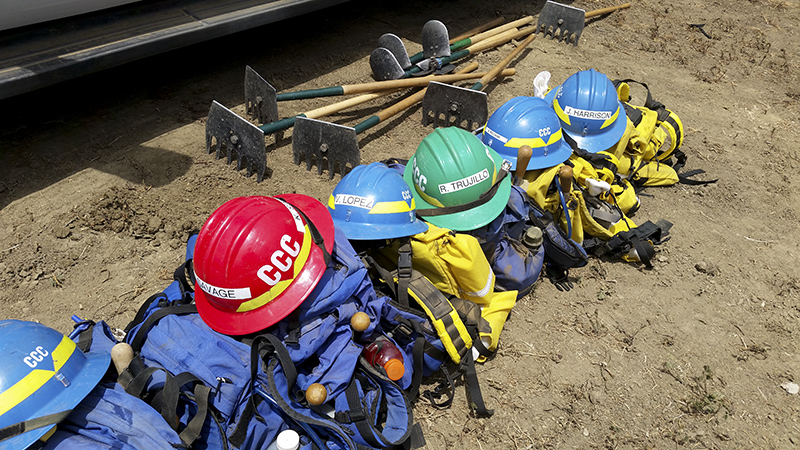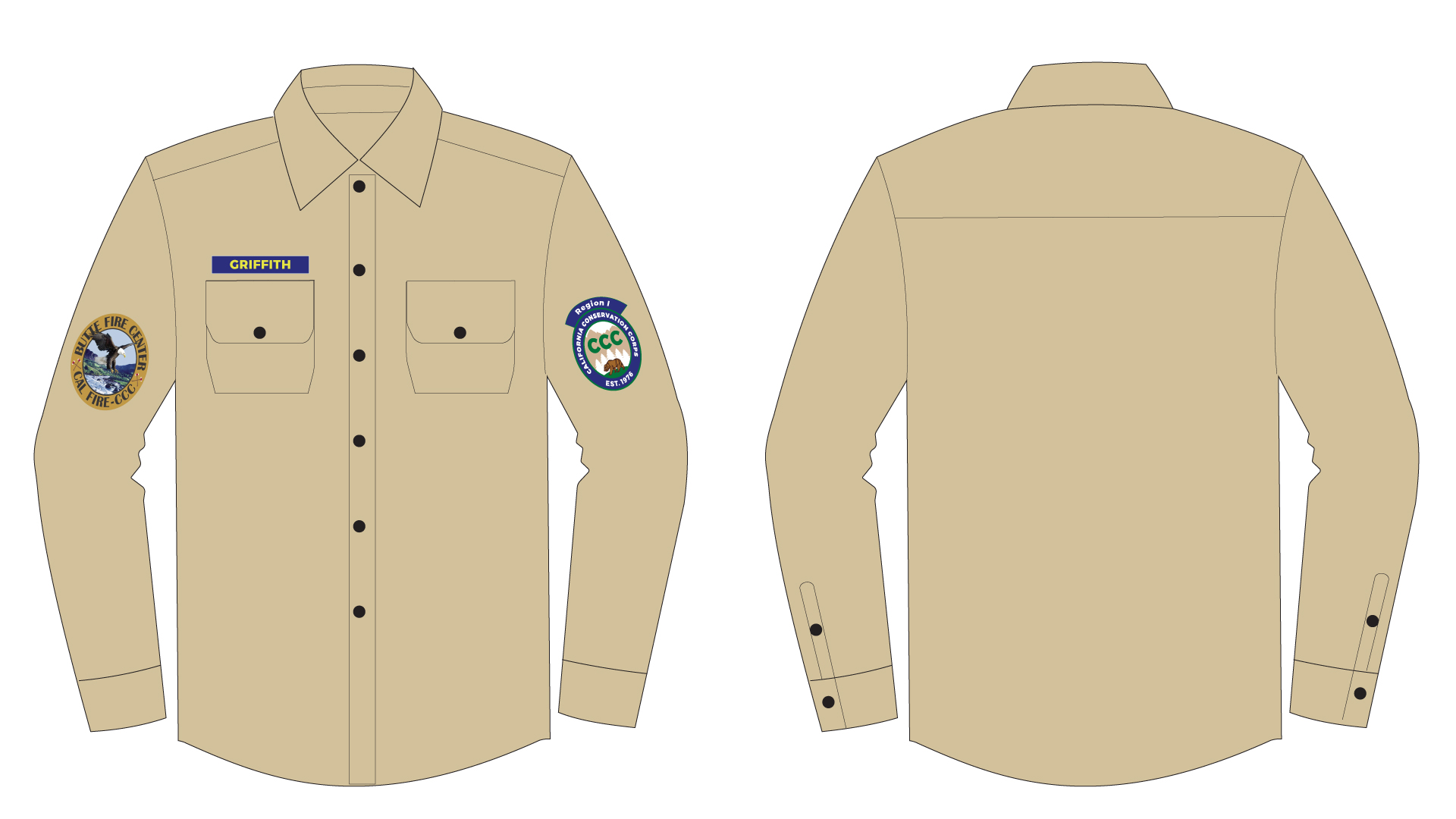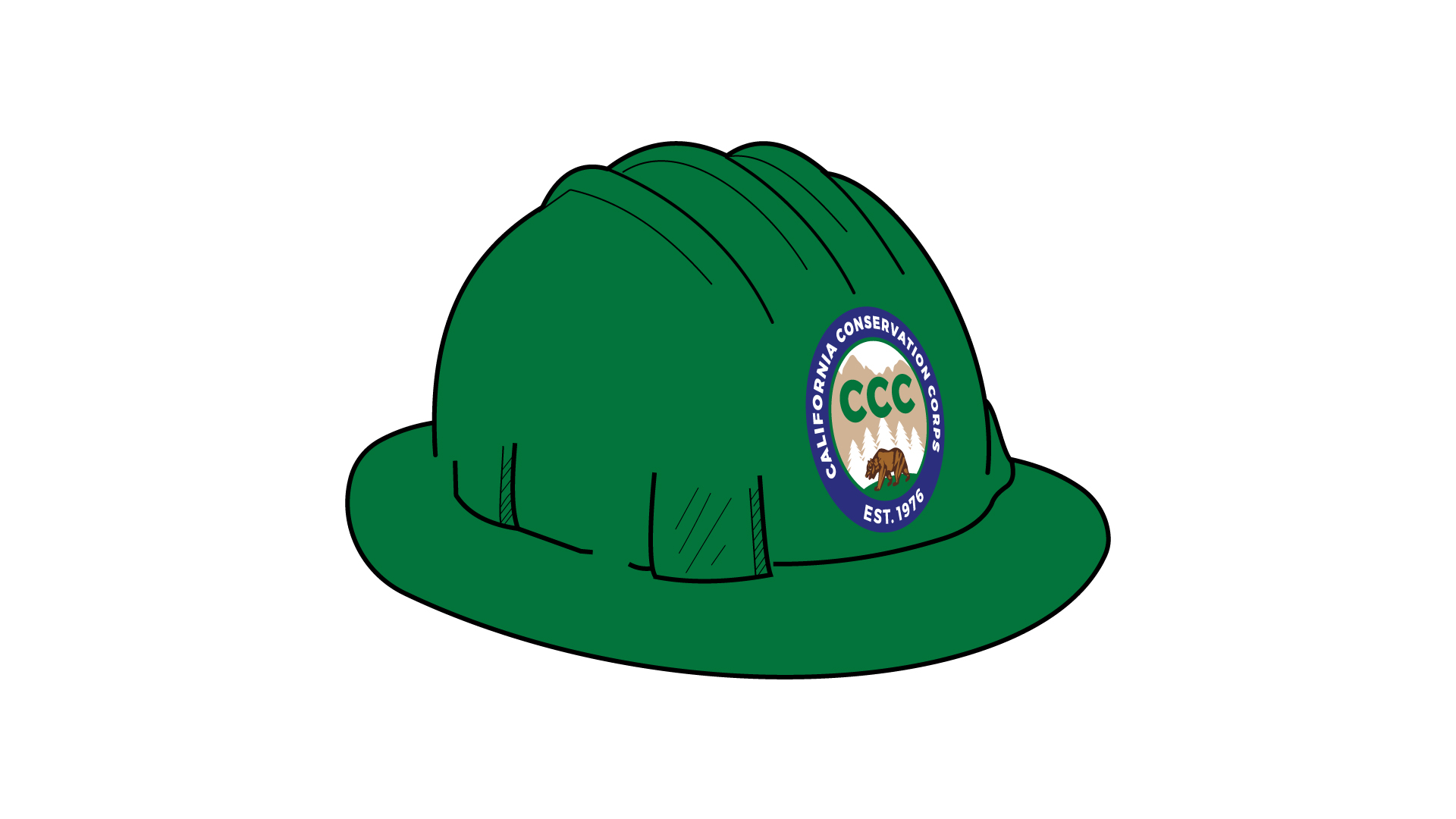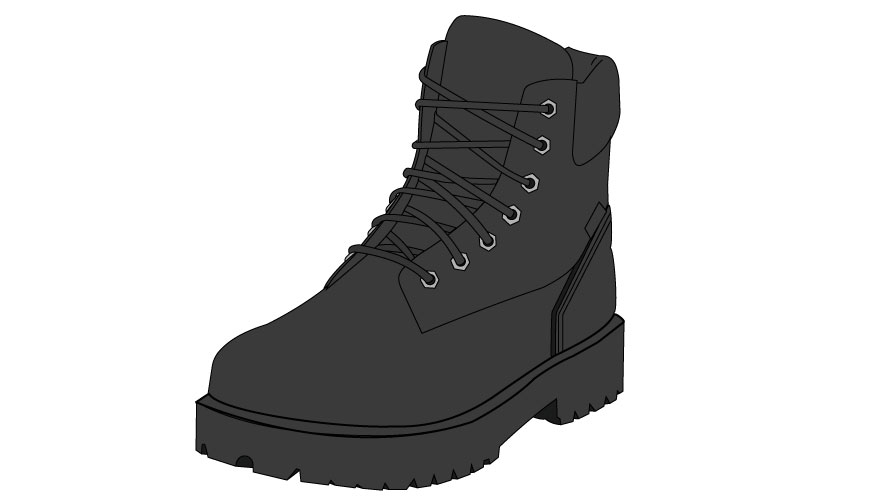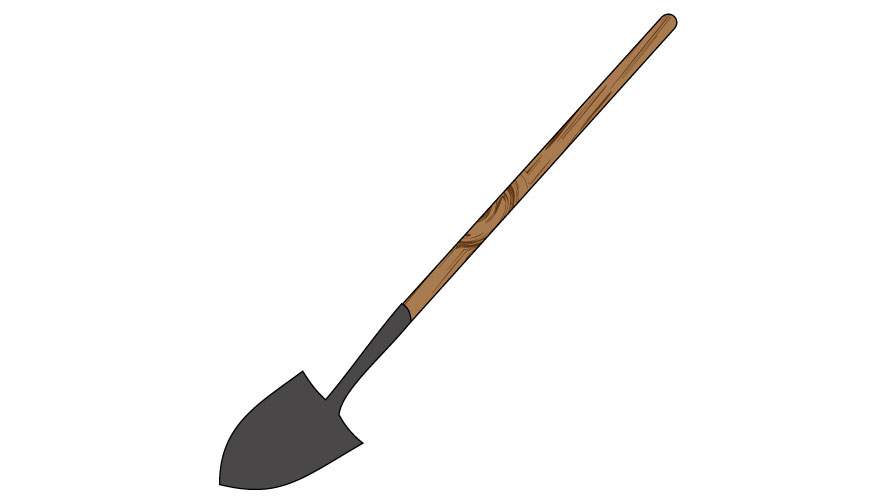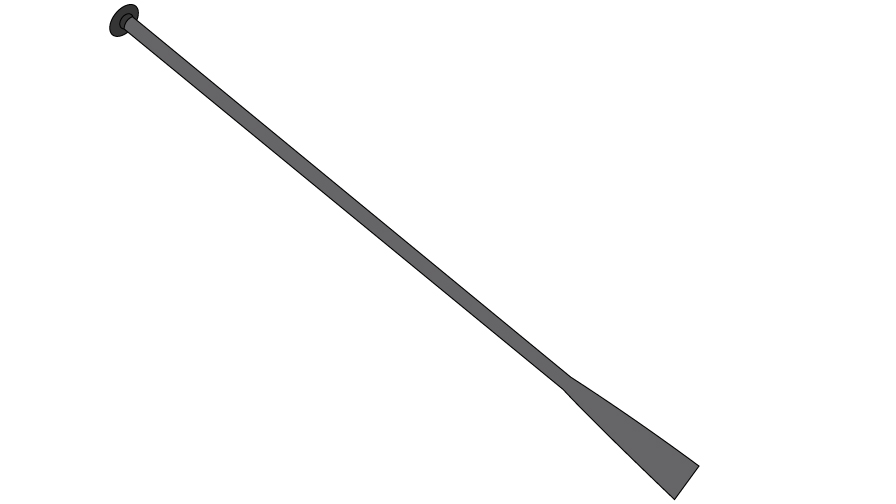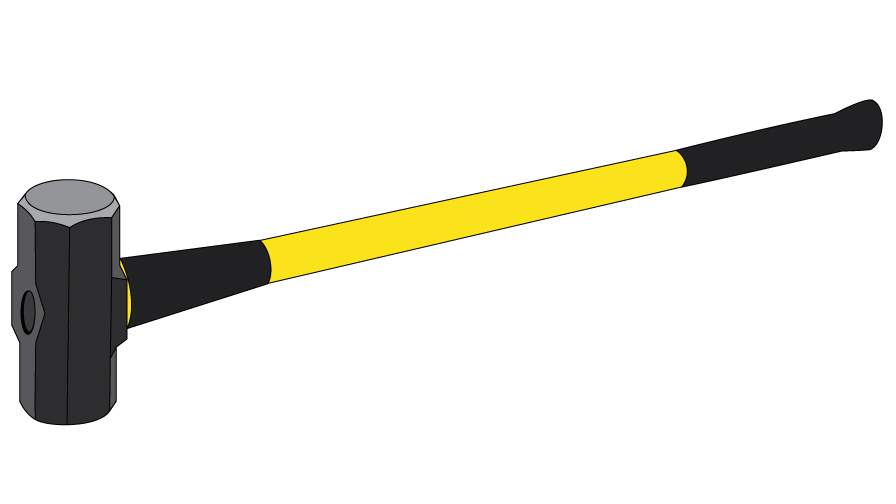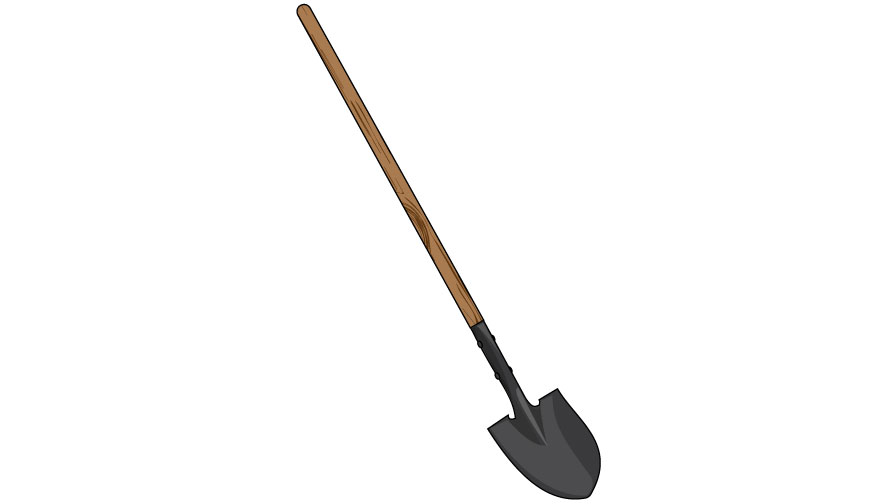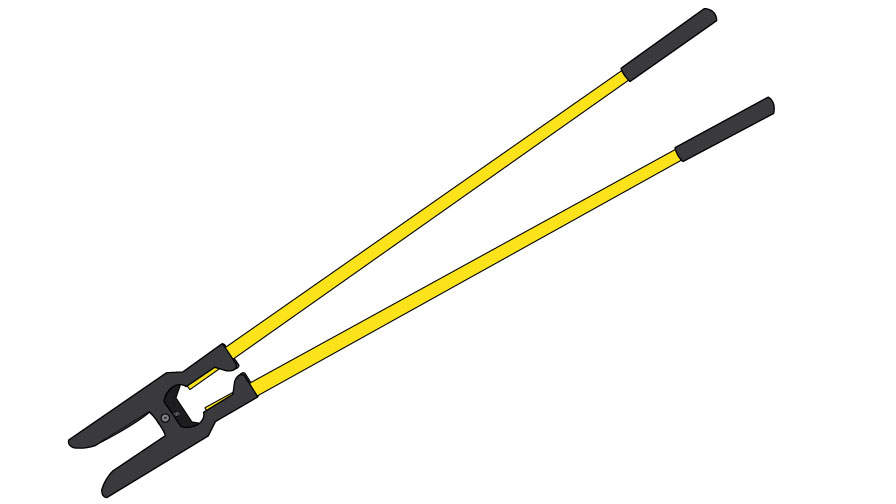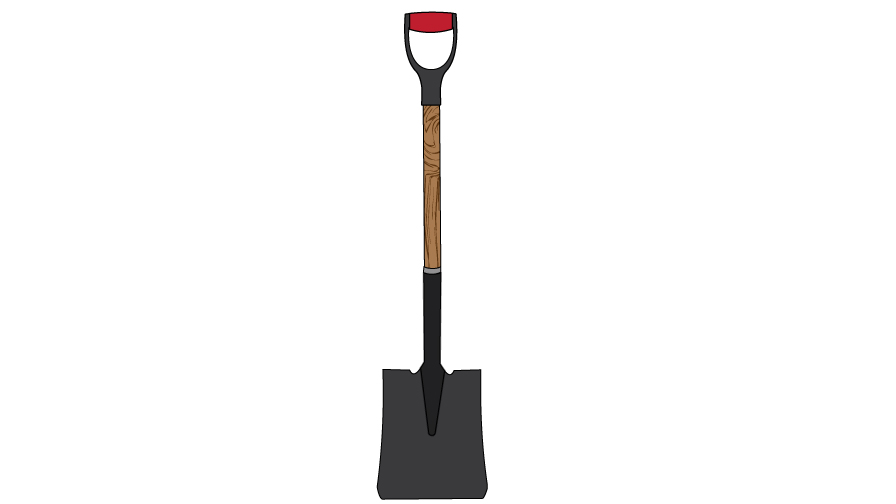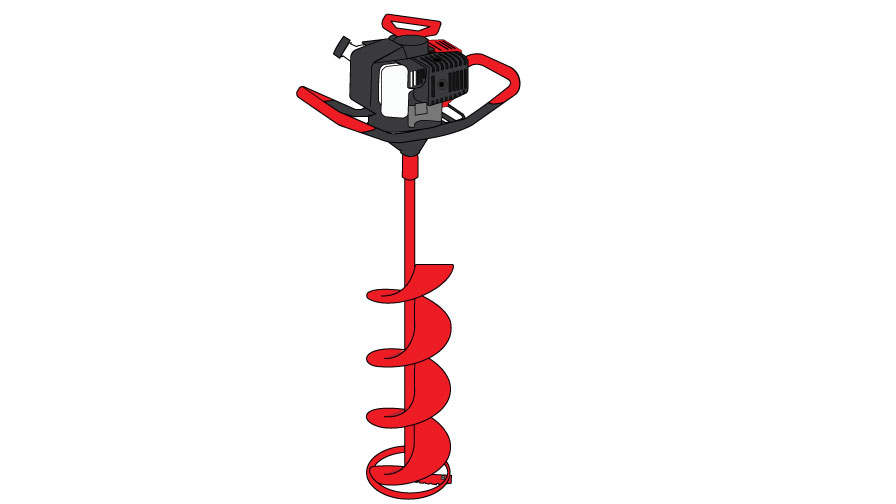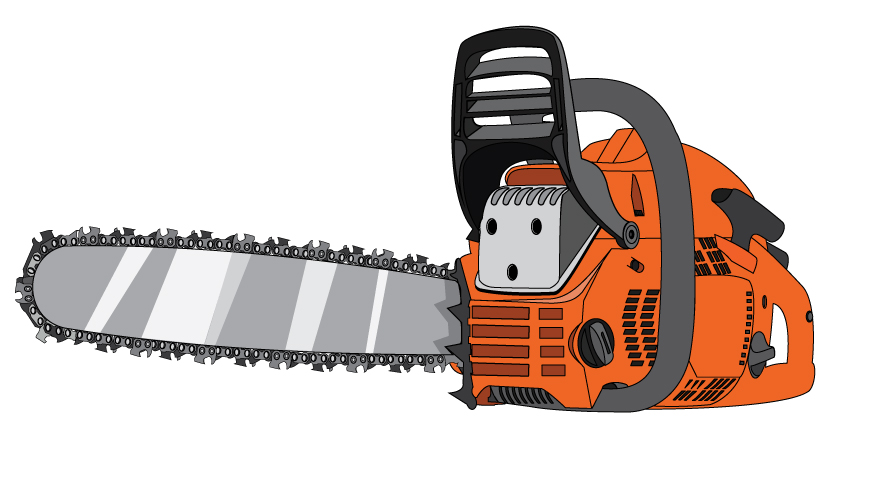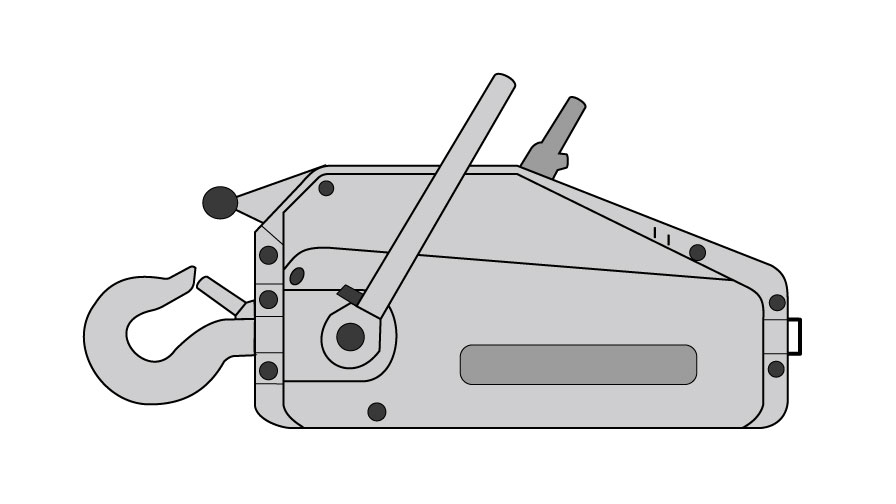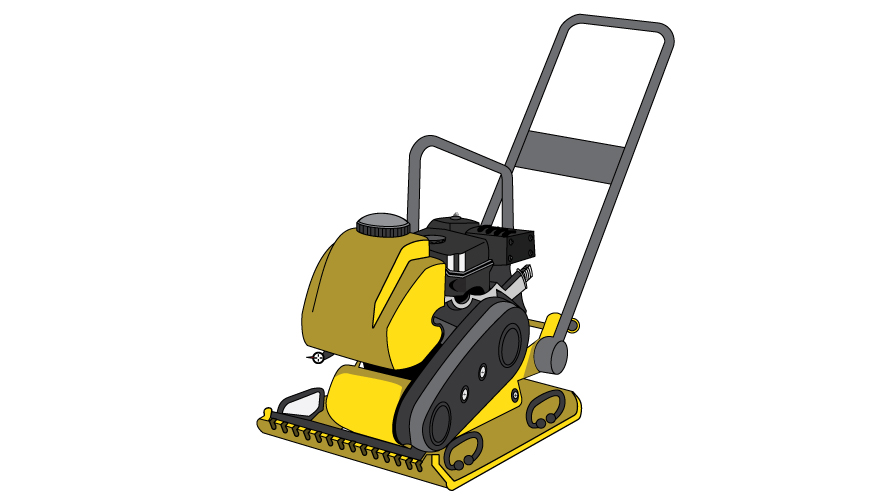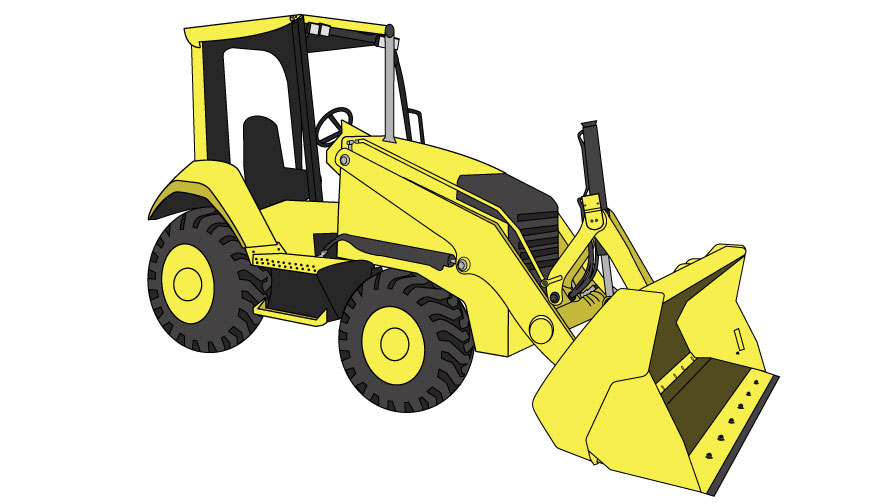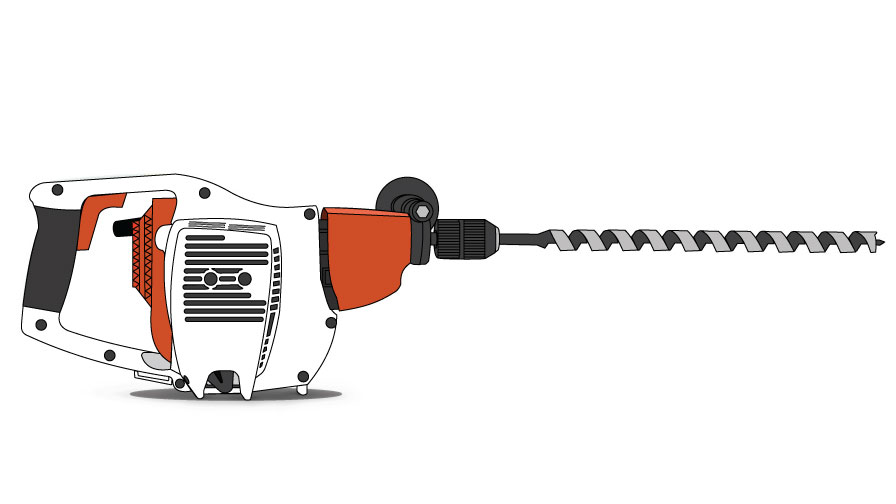Uniforms, Tools and Equipment
The moment you put on the CCC uniform, you feel the difference. Pick up the tools and you’re confident you’ve made the right decision. And, learning to use the equipment for special projects is unbelievably cool, no less very attractive to employers.
These are the hand tools that all Corpsmembers learn to use when they join the CCC.
Your Uniform
The CCC uniform not only makes you look good, it protects you. And, even better, they’re included when you join.
Soft Cap
When you receive one of these, you’re official in the CCC. Known as a soft cap, these blue hats show you’ve passed COMET and are officially a Corpsmember.
Hard Hat
This piece of Personal Protective Equipment (PPE) is a must have. Hard hats must be worn at all times when on a work site. Corpsmembers are issued blue helmets to start, but can promote to specialist to earn a green one.
Steel-toe Boots
Corpsmembers are issued steel-toe boots to make sure their feet are not vulnerable to rocks, tree limbs, or any other debris. Not every CCC job calls for “steel-toes”, but they’re important PPE.
Basic Tools
Safety Glasses
This important safety tool is non-negotiable. Like the uniform and hard hat, safety glasses are required on almost all CCC projects.
McLeod
This tool has a hoe on one side and a rake on the other. It was invented by U.S. Forest Service Ranger Malcolm McLeod in 1905. It’s designed to rake a fire line with its teeth and cut branches and vines with its hoe blade.
Pick Mattock
This heavy-duty tool can break apart asphalt, concrete and hard ground. Also known as a pick, it is ideal for tilling and trenching. Most picks have a spike ending in a sharp point on one end and a slightly curved flat end for prying or cutting roots on the other, known as a mattock.
R-5 Shovel
Not your ordinary shovel. This wood handled, pointed blade shovel has sharpened sides to aide in scraping, digging and throwing dirt. It is especially handy for cutting line to stop a fire on the run, and gets its name from the U.S. Forest Service Region-5 where it was introduced as a critical firefighting tool.
Sledge Hammer
When it comes to rock work, Corpsmembers perhaps have no greater friend than this tool. Sledge hammers weigh between 2 and 12 pounds, come in a variety of lengths and are also used to break up concrete.
Round Point Shovel
If you have a yard, you’re probably familiar with this tool. Round point shovels are good for getting through hard ground when building trails, moving gravel, rock and debris, and for planting trees.
Post Hole Digger
Often called a PHD, but you don’t have to go to grad school to get one. PHD stands for post hole digger. The steel, rounded blades are ideal for jamming into soft and hard ground to create perfectly round holes for posts, trees or whatever a project may call for.
Voltage Tester
Affectionately known as wiggies, Energy Corpsmembers always have this handy tool ready on projects. Used to make sure wires are not electrified, voltage testers help keep Corpsmembers safe when upgrading and changing out light fixtures.
Equipment
Equipment can vary from project to project, but here is some of the types you are likely to learn to use.
Auger
A motorized earth auger is perfect for digging out fence posts, sign posts, or even planting trees. It digs through tough ground, and does it faster and with more precision.
Skid-Steers
Some CCC project work just calls for a little extra machine power – these small, rigid-frame, engine-powered machines with lift arms can attach a wide variety of buckets and other labor-saving tools.
Forklift
Great for moving supplies at a fire basecamp or stacking materials for recycling at an energy center, forklifts save time and prevent injuries. Corpsmembers must receive special training to operate one.
Griphoist
This metal box may look a bit odd, but it’s a big deal. Griphoists are hand-operated, portable, and are the perfect tool to lift and lower heavy materials like rocks and logs. They’re most often used on salmon restoration projects and trail building.
Skip Loader
It’s not an every day or every project tool, but when called upon a skip loader helps with landscaping and loading projects. It can be used to remove top soil, grass, debris, rocks, and just about anything else.
Wood Boring Drill
When your standard drill just doesn’t have enough power for the job. The gas-powered wood boring drill is perfect for creating large holes to anchor tree trunks in riverbeds and helps speed up the job of building decks and fences.


